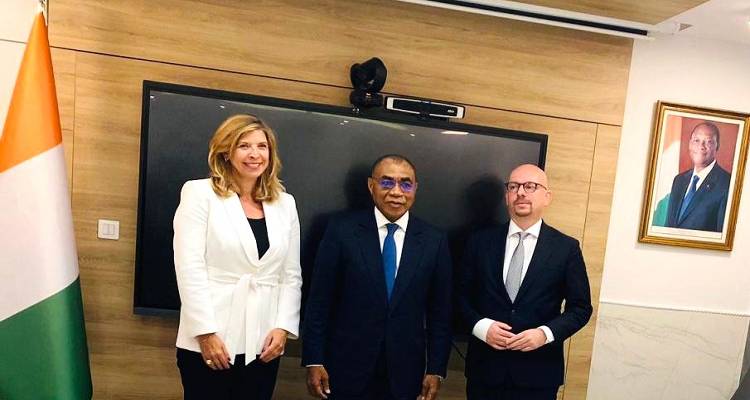The weakened Zambian kwacha (ZMK) is set to worsen, according to foreign exchange analysts, as the outlook for the global economy remains bleak for 2012
Since the beginning of Q4 2011 the kwacha has been under pressure, trading at around ZMK 5,100 to every US$1, and currently at ZMK 5,200. This is primarily a result of external factors; namely the European debt crisis, the unsound US economy and worries regarding slowing growth in China.
All of these factors have put strain on the international price of copper, which accounts for 71 per cent of Zambian foreign exchange earnings. The value of copper, which is presently trading at around US$7,700 per tonne, is a far cry from its peak of more than US$10,000 per tonne in 2011.
Zambian President Michael Sata noted in early 2012 that the kwacha remained one of the weakest currencies in the world and urged the new Bank of Zambia governor Michael Gondwe to produce stringent measures in order to strengthen it.
Consequences of a weak kwacha include a higher cost for foreign produce, services and travel, which in turn hold the risk of inflation.
Additionally, companies within the economy’s import sector, or those that have significant expenses in foreign currencies, will be hurt the most by the weak kwacha.
However, not only would higher costs for overseas goods encourage local manufacturing and self-sufficiency, but as a source of cheap supplies and services, the currently weak kwacha could result in a beneficial rise in Zambian exports.
Nawa Mutumweno





































